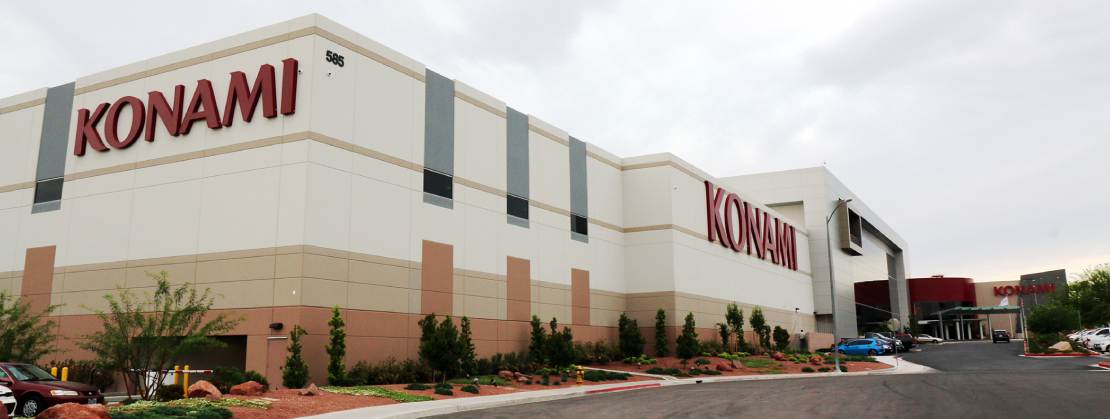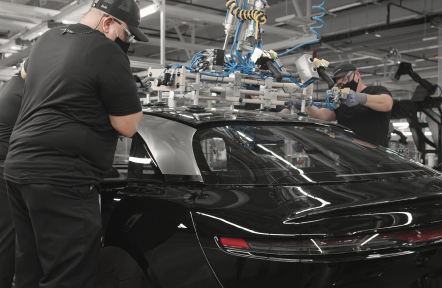With over 35 years of experience in the field of electronic design automation, Mentor (formerly Mentor Graphics) has been at the forefront of the industry and further consolidated its global status following its acquisition by German automation giant Siemens in 2016.
Mentor President and CEO Walden Rhines is aware the company’s success rests on its ability to grow faster than the semiconductor industry that, observed Intel co-founder Gordon Moore, is seen to have doubled the number of transistors per square inch in integrated circuits every year since they were invented.

“Our industry grows a little faster than the semiconductor industry, which in recent years has seen typical growth of between 6 and 7 percent per year. The biggest reason for new growth is from the adoption of design automation by system companies,” Rhines said.
Following this trend, Mentor looks to Japan, which remains an important part of Mentor’s business. While Japan’s semiconductor industry has been consolidating, electronic design automation has begun to happen in the automotive and aerospace sectors.
“The most exciting part about Japan is that Mentor is the leading supplier of design software for the electronics in cars, planes and trains. So major automotive companies offer enormous growth for Mentor and we are engaged with most of them,” Rhines said.
Mentor is no stranger to Japan, where one of its largest global automotive customers is based — automotive parts maker Yazaki. With the integration of Mentor into Siemens’ $11 billion Digital Factory Division well underway, Rhines remains focused on securing more business, particularly from automotive and aerospace companies.
“Japan is very important to us because Japanese industry optimizes capabilities for a wide variety of industrial, consumer and automotive applications. This has created enormous opportunities for our customers and consequently for the development of Mentor’s design tools and capabilities,” he said.












